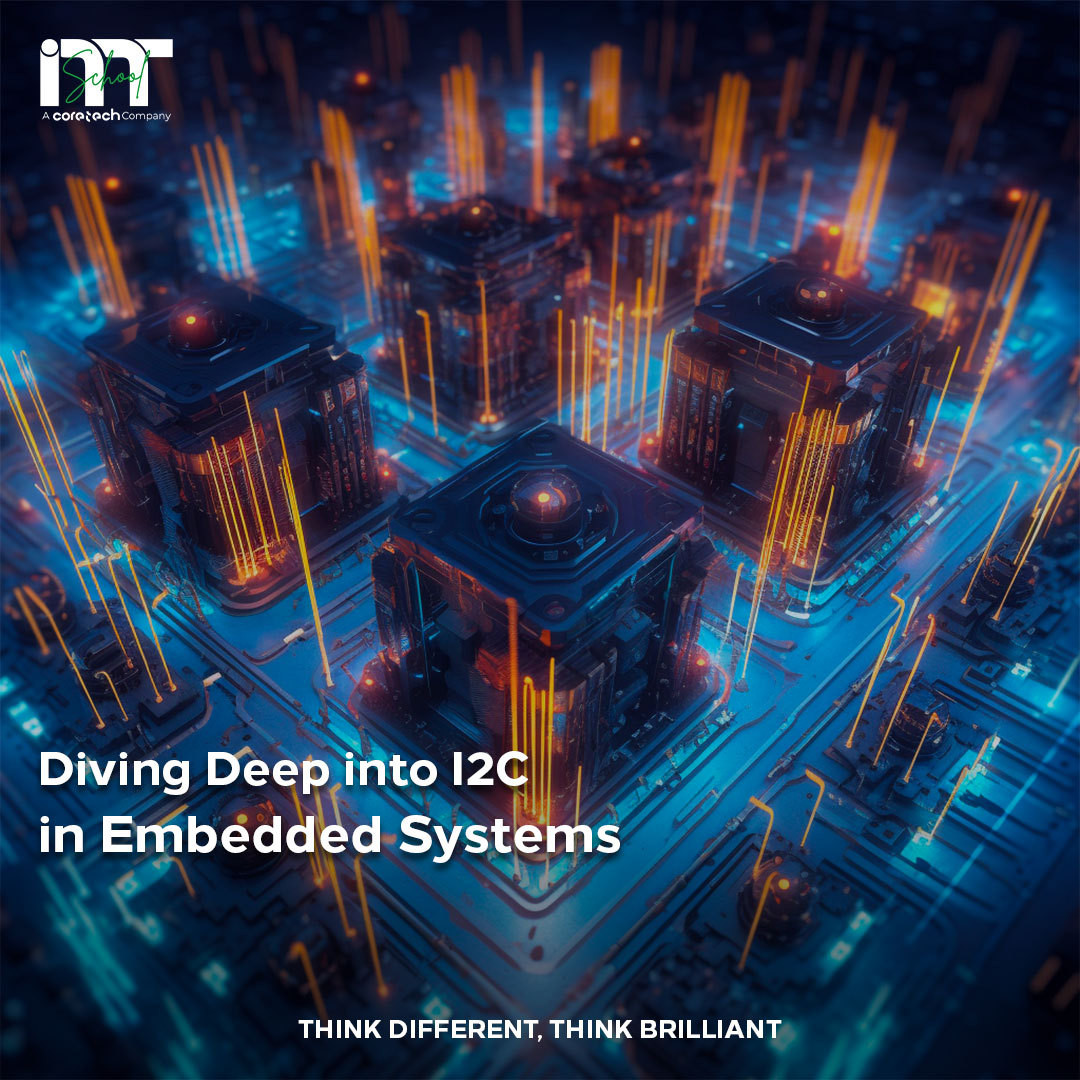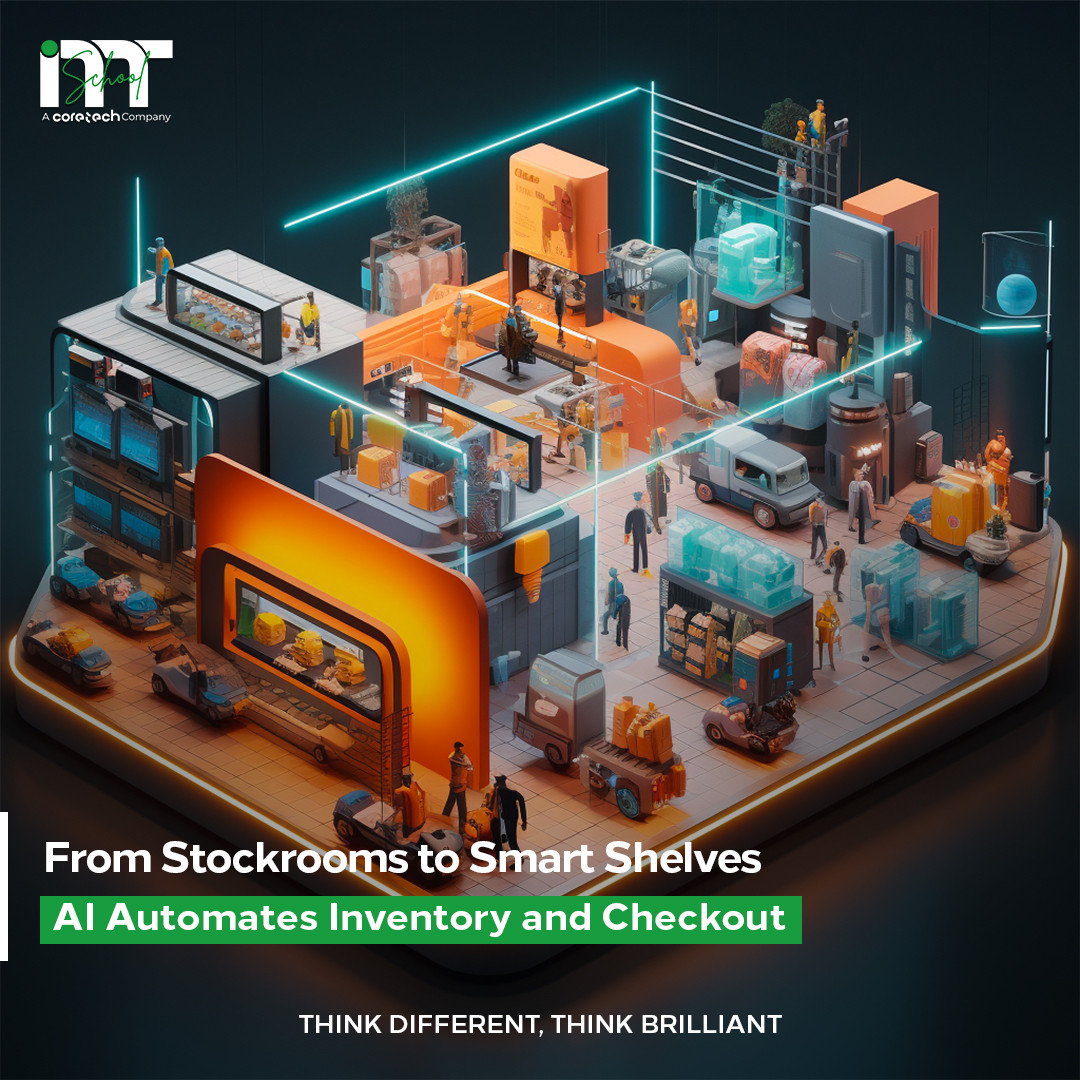
I2C
🚀🔌 Diving Deep into I2C (Inter-Integrated Circuit) in Embedded Systems! 💻🌐
In the complex world of embedded systems, communication between different devices is a crucial aspect. One of the most popular protocols used for this purpose is I2C, or Inter-Integrated Circuit. Developed by Philips Semiconductor, I2C is a synchronous, multi-master, multi-slave, packet switched, single-ended, serial communication bus. It's a powerful tool for efficiently linking multiple devices and sharing information. 📡🔗
Let's delve into some of the key features of the I2C protocol:
1️⃣ Multi-Master, Multi-Slave: Multiple master and slave devices can be connected to the same I2C bus, allowing for versatile and complex device networks.
2️⃣ Two-Wire Interface: I2C uses only two bidirectional open-drain lines, Serial Data Line (SDA) and Serial Clock Line (SCL), pulled up with resistors. This simplicity aids in system design and minimizes wiring complexity.
3️⃣ Speed: I2C supports several speed grades, including Standard-mode (100 kbit/s), Fast-mode (400 kbit/s), Fast-mode Plus (1 Mbit/s), and High-speed mode (3.4 Mbit/s), offering flexibility in data transfer rates.
4️⃣ Addressing: Each device on the I2C bus has a unique address, ensuring proper data routing and preventing communication conflicts.





